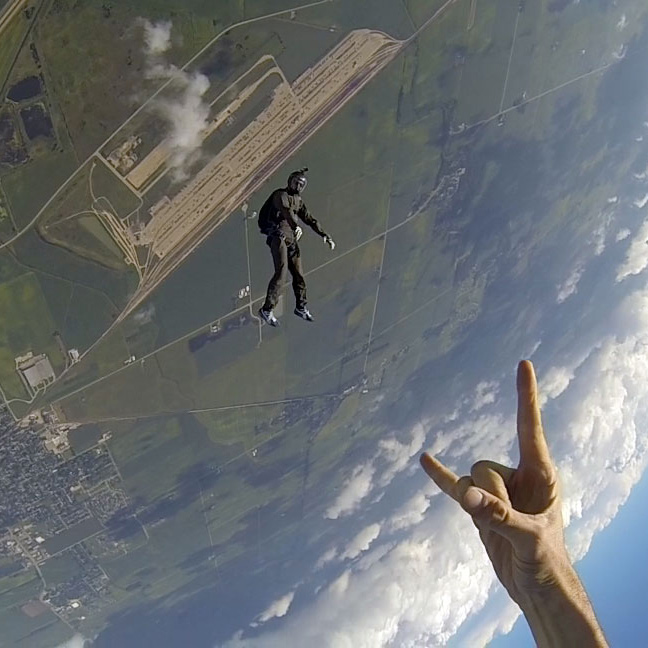
I was flying through the sky at 140 miles per hour, looking over my left shoulder at my coach just a few feet away from me. He had just given a big nod. That signal meant I was in the right spot and it was time for me to leave the comfort of flying belly-facing-earth, do a half barrel-roll onto my back, and continue flying in that new back-facing-earth position – a position that just two days before I had never even attempted and wasn’t capable of flying in.

I wanted to take the next step in improving my skill, but doubt was rearing its head. I could just keep flying for the rest of the jump, telling him later I just didn’t feel like I was in the right position to make the transition.
Doubt keeps you comfortable. It keeps you in the safe zone where you know everything is going to be Starbucks-consistent and predictable. There’s no chance of being embarrassed or taking a hit to your ego when you let doubt control your decision.
Doubt also keeps you stuck, however. You don’t get better, you don’t move forward, and you don’t learn something new. You do get to experience regret, wishing you had gone for it when you had the chance.
Doubt is the thief of novelty.
Here’s the test: If you really want to do something, then you go for it. Push that doubt deep down inside so far and so hard you make a diamond out of it. If you don’t want to do it and you also happen to have doubts, don’t do it.
Don’t talk about it, don’t ruminate on it, don’t ask for people’s opinions on what you should do. No one else can do this for you.
Look, this isn’t an encouragement to recklessly go out and do things far beyond your capability — skills that you haven’t put in the work to earn, or that are just plain stupid and dangerous. You should be pursuing goals that are logical next steps or progressions from where you are now to where you can go next.
But when it’s that bullshit nagging self-doubt that’s paired with desire, you owe it to yourself to go for it.
I paused for a moment, and then dropped my left arm by my side to initiate the roll. It wasn’t perfect, but I stuck the transition and was rewarded with a new skill and a big smile on my coach’s face.
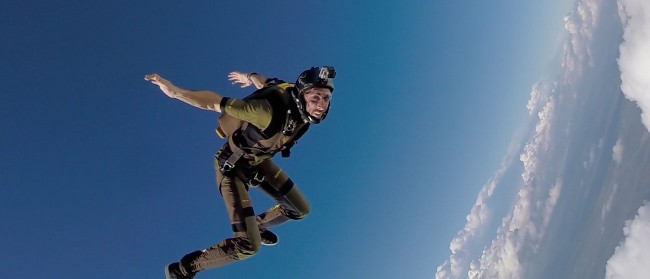

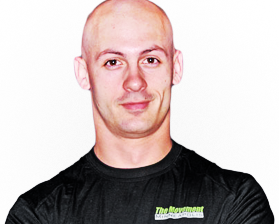
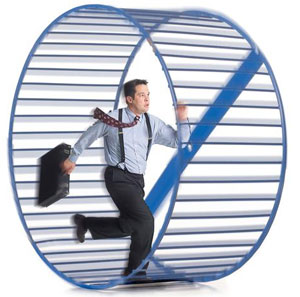

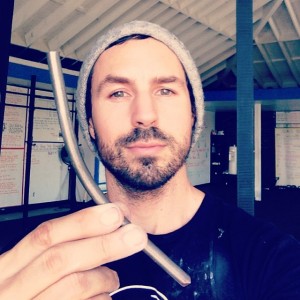
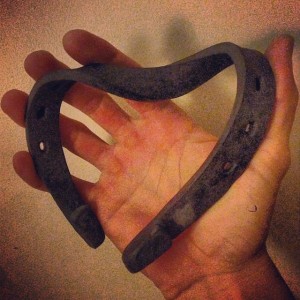
 Robby Sparango is level 1
Robby Sparango is level 1